Photo by: USFWS
In a major wildlife trafficking case in Brooklyn, NY, a federal judge has sentenced two men for smuggling protected birds and eggs into the United States in violation of the Endangered Species Act (ESA). Dr. John Waldrop of Cataula, Georgia, received one of the largest fines ever imposed for such a case—$900,000—and was sentenced to three years of probation. His associate, Toney Jones of Eufala, Alabama, received six months of probation.
According to court documents and statements made in court, Waldrop amassed an extensive collection of 1,401 taxidermy bird mounts and 2,594 eggs, which included:
– Four eagles protected by the Bald and Golden Eagle Protection Act
– 179 bird and 193 egg species listed in the Migratory Bird Treaty Act
– 212 bird and 32 egg species covered by the Convention on International Trade in Endangered Species of Wild Fauna and Flora (CITES).
This collection featured rare specimens, including three eggs of the Nordmann’s Greenshank—an Asian shorebird with a dwindling population of only 900 to 1,600 individuals remaining in the wild. Not one North American museum houses Nordmann’s Greenshank eggs in their exhibits.
Waldrop built this collection by bypassing mandatory permits and import declarations between 2016 and 2020. When federal inspectors began to intercept his shipments, he enlisted Jones, an employee on his Georgia farm, to receive packages and conceal financial transactions linked to the illegal imports. Jones handled more than half a million dollars in payments tied to these activities. The birds and eggs were sourced from Russia to South Africa using platforms such as eBay and Etsy.
This wasn’t just a hobby gone too far. It was organized, deliberate, and deeply damaging.
The case, investigated under “Operation Final Flight” by the U.S. Fish and Wildlife Service (USFWS) and several partner agencies, led to the largest bird mount seizure in the 37-year history of the USFWS National Fish and Wildlife Forensics Lab. Experts emphasize that the commercial exploitation of protected species, especially on this scale, has serious consequences for global conservation efforts.
Wildlife trafficking is a growing crisis, with countless species teetering on the brink of extinction due to illegal trade. It’s estimated that over 1 million species are at risk of disappearing in the coming decades—many due to human actions such as poaching, habitat destruction, and illicit commerce. The illegal collection of rare birds and eggs contributes directly to the decline of already vulnerable populations. When collectors treat endangered species as trophies or commodities, they not only disturb the intricate balance of nature but also deny future generations the opportunity to experience these beautiful creatures in the wild.
This is why enforcement of the Endangered Species Act—and similar laws—must be carried out to the fullest extent. Lax penalties or minimal consequences only encourage further abuse. The hefty fine imposed on Waldrop sets a strong precedent, but consistent and aggressive enforcement is essential. Without it, we risk sending the message that wildlife crimes are low-stakes offenses when, in reality, they threaten ecosystems, biodiversity, and global conservation.
Our natural heritage is not a collector’s prize. It is a shared responsibility. To protect what’s left of our planet’s most vulnerable species, we must treat these crimes with the seriousness they deserve—and hold offenders fully accountable.


